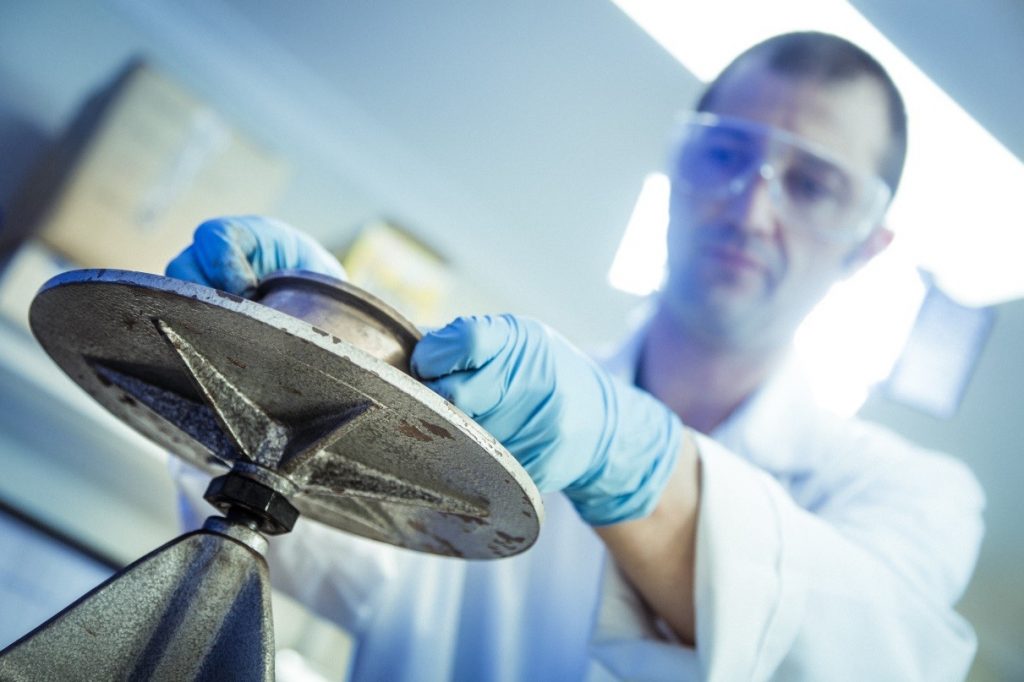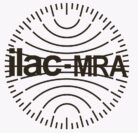
Cargo Liquefaction is a concern for shippers and mariners alike, and when managed poorly can result in tragic loss of life and massive costs. Following several incidents over the past few years, the standard test method for transportable moisture limit (TML) and the laboratories that perform the tests have come under scrutiny under a drive to ensure the safety of crew and cargoes while maintaining commercial viability.
Microanalysis Australia has been working with shipping and mining companies to determine the suitability of relevant test methods for different products, providing rapid and relevant feedback about products, results and test suitability, and offering up-to-date information and certificates. This includes involvement in the validation and implementation of the new Modified Proctor-Fagerberg TML test for Iron Ore Fines, and providing test results for a wide range of shippers around the world.
Interest has increased in the possibility of liquefaction of products that were previously considered unlikely to liquefy, including bauxite and alumina. The suitability of the available test methods for individual products with wildly varying physical and chemical properties is also acutely relevant.
TML determination is a delicate science, which results in a report without which a ship containing bulk cargo is unable to leave port. The TML value represents a ‘safe’ moisture content, below which the cargo is unlikely to undergo liquefaction and endanger the ship and crew. It is the responsibility of the shipper to provide a moisture management plan and to prove that the cargo is being shipped with a moisture content below the TML.
There are currently three techniques suggested in the International Maritime Organisation’s IMSBC code – the flow table test, using impact testing to simulate plastic flow; the Proctor-Fagerberg test, based on a standard soil compaction test to determine saturation point; and the Penetration test, using vibrational testing to simulate liquefaction conditions. Each technique is uniquely suited to certain sample types, so explicit knowledge of the sample and the test specifics are paramount to an easy journey out of the port. Not everyone needs to be an expert – just employ a laboratory that is!
Another rising concern is the effect on the environment when something does go wrong. The regulations around bulk cargo classification are getting tighter. It is important for a cleanup crew to know if a product is hazardous to a marine environment (HME) and there is increasing demand for classification testing using marine transformation dissolution testing as more products are required to comply with Marpol Annex V. Microanalysis Australia is able to perform the relevant dissolution testing for marine and freshwater environments, as well as biological toxicity studies in synthetic stomach or lung fluids.
These changes are occurring as the Australian Maritime Safety Authority (AMSA) are continually reviewing and improving the guidelines to improve the safety of crew and cargoes. It is important to keep track of major changes and make sure that shippers know ahead of time what will be required of them and that ports are aware of the changes affecting them. Microanalysis Australia has a long history of providing the latest information to shippers and ports and assisting with understanding regulations and guidelines to help shipments go out smoothly and without incident.
The above article appeared in the November/December 2016 Australian Ports News – Page 5






